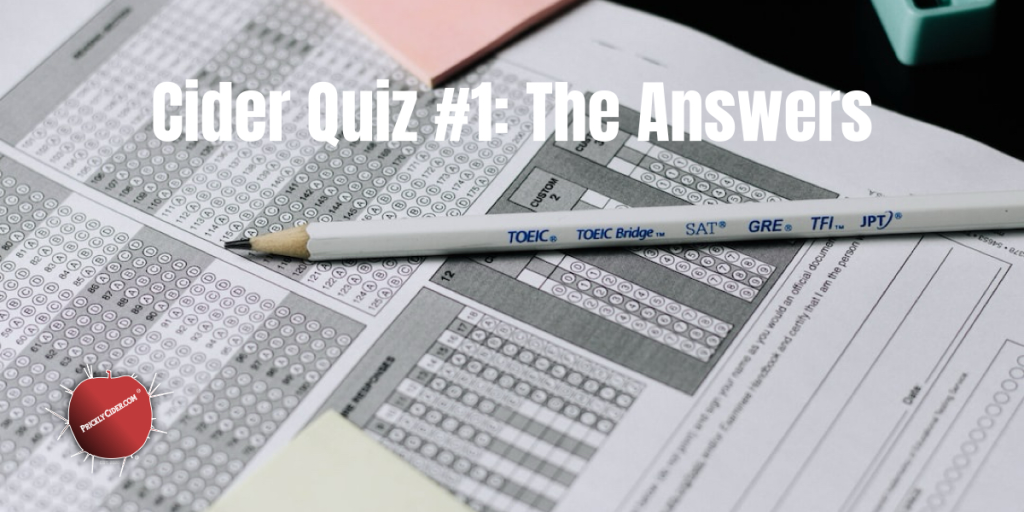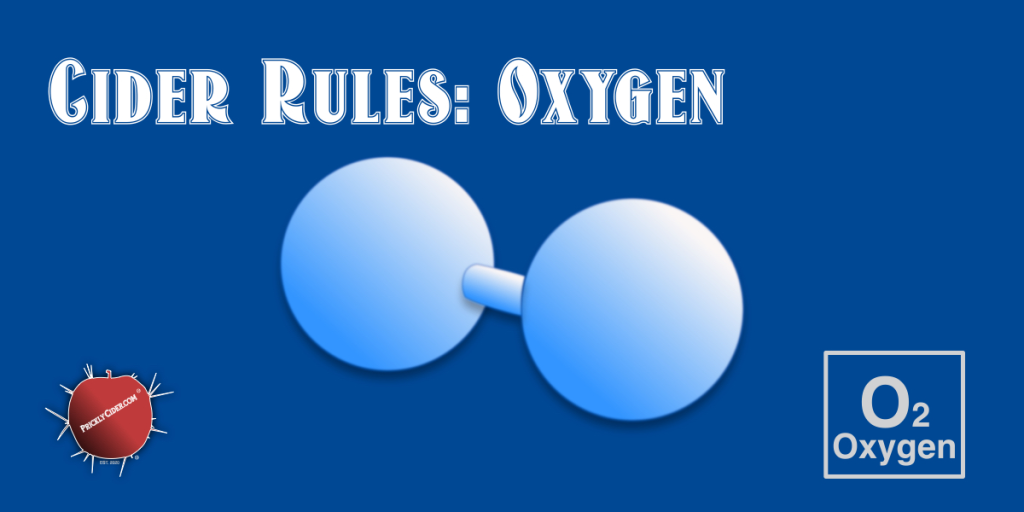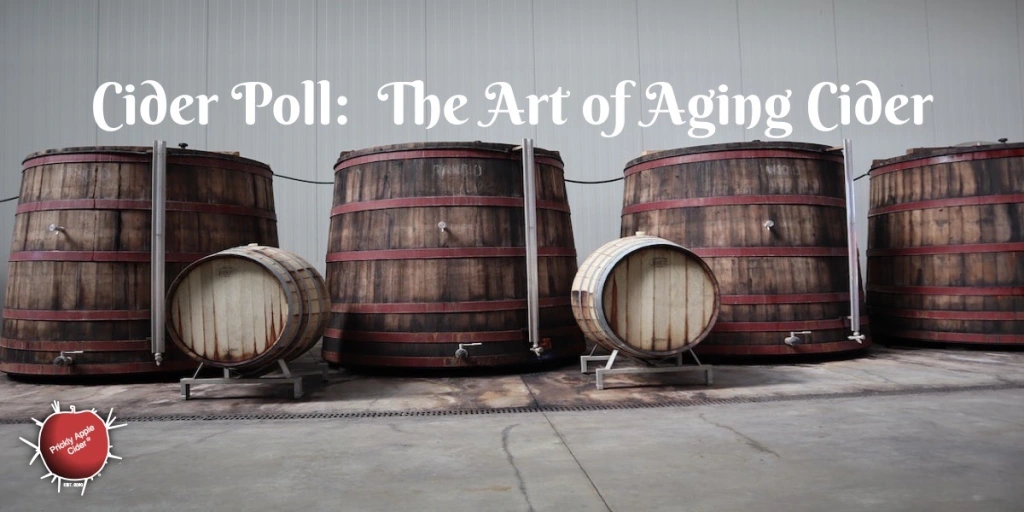
In this Mālus Trivium, I continue Apple Phenolics looking at one of the standard cooking apple the world over: Granny Smith. You may not normally think of Granny Smith apples being a good choice for cider but I would argue that it can make a nice sparkling single variety cider when you ferment and age it in oak and give it some carbonation. Oxygenate the juice before fermentation and you can produce a very clear or what I call silver cider. It can have a wine like quality. However, include some of the apple peels and increase the phenolic compounds for even more balance. You could even add some peels from other apples to augment the color and phenolics. However, how many peels would you have to add to match the phenolic compound level of America’s finest hard cider? That would be hard cider made from Harrison apples, which has 122.4 ug/g of total phenolic compounds in the flesh(1). Assuming a 50% yield on the flesh to juice weight or 61.2 micrograms of phenolics per gram of juice. That is 0.0612 grams of phenolics per liter of juice.
Granny Smith juice will give us 0.0229 g/l from the flesh using the above logic. That means we need an additional 0.0383 g/l of phenolic compounds. The peels of the Granny Smith contain 90.7 micrograms of phenolics per gram of peel(1) and I am assuming we extract 100% of these. Therefore, each gram of peel will add 0.0000907 grams of phenolics. That means I need 422.3 grams of Granny Smith peels per liter of juice (0.0383/ 0.0000907) to give the cider the same amount of phenolic compounds as a single variety Harrison cider. At 1,605 grams of peels per gallon, we would need to add a lot of peels.
I have been adding 75-125 grams per gallon though I have done some batches with much higher levels. I haven’t done anything in the range of 1,605 grams. As always, it may not be the total phenolics that matter as much as specific types. Many green apples are lower on phloretin derivatives and Granny Smith is the same, especially when compared to the Arkansas Black or Red Delicious apples. The interesting aspect is that the Granny Smith has more phenolic compounds in the flesh than the Arkansas Black apple. It also has higher compounds in the peel except for phloretin derivatives. This begs the question of which phenolic compounds matters most or is it having the right portions of many compounds that is critical. The only way I know is to try it out and see. The one thing that I am certain about is that adding either 75 grams per gallon or 1,600 grams per gallon will increase the phenolic compounds in your cider. That increase will provide additional balance and complexity resulting in a better cider. It’s why I hope you will join me in exploring the benefits of adding peels and what level you find works best. Drop me a note or leave a comment.
(1) K.A. Thompson-Witrick and associates, Characterization of the Polyphenol Composition of 20 Cultivars of Cider, Processing, and Dessert Apples Grown in Virginia, J. Agric. Food Chem. 62, 2014
Don’t miss any future Mālus Trivium articles. Follow me and you will get a link to my latest article delivered to your inbox. It’s that easy!




